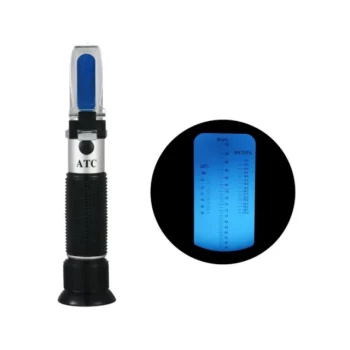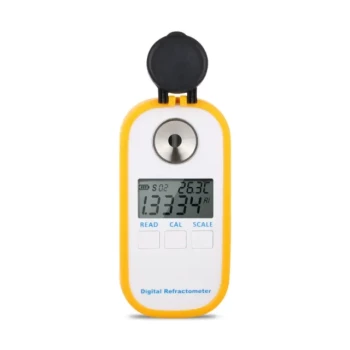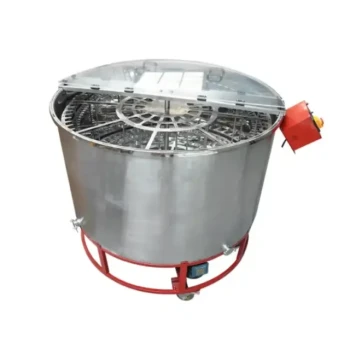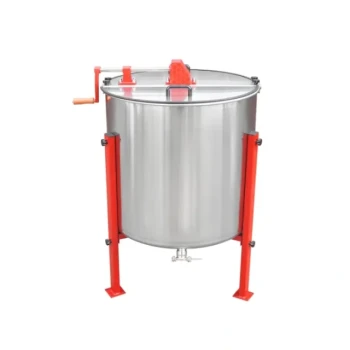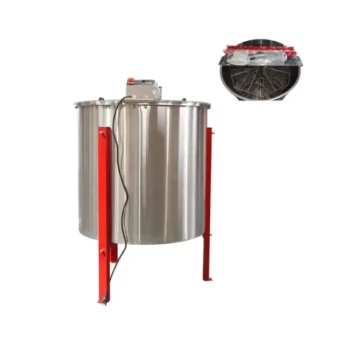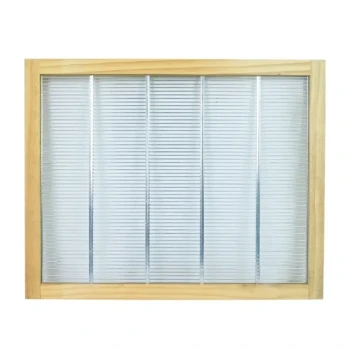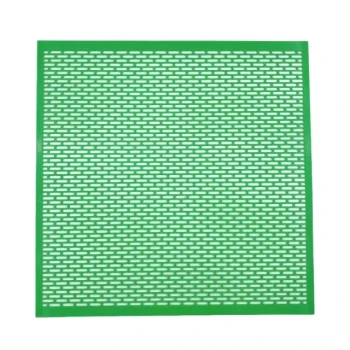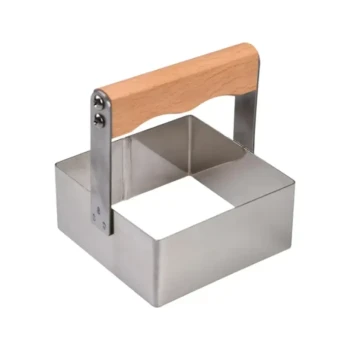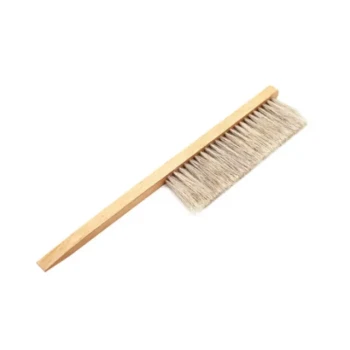Beekeeping success hinges on one often-overlooked factor: moisture control. For commercial apiaries and distributors, improper honey moisture levels don't just risk spoilage—they directly erode profit margins. This guide reveals how precision refractometer use safeguards honey quality, with actionable techniques adapted for different floral sources and weather conditions.
The Critical Role of Moisture Measurement in Beekeeping Success
How Fermentation Impacts Honey Value Chain Economics
Research shows honey with moisture levels exceeding 19% faces exponentially higher fermentation risks. This microbial activity converts sugars into acids, rendering entire batches unsellable. For commercial operators, a single spoiled harvest can represent thousands in lost revenue and reputational damage.
Decoding the 17-18% Moisture Threshold: Nectar Source Variations
Not all honey behaves identically. Dense nectars like Manuka naturally retain less water, while clover or wildflower honeys often require tighter moisture monitoring. Seasoned beekeepers adjust targets based on:
- Floral composition (monofloral vs. polyfloral)
- Regional humidity patterns
- Post-harvest processing temperatures
Mastering Refractometer Usage
Step-by-Step Calibration for Different Honey Types
Precision begins with proper calibration. Follow this field-tested sequence:
- Baseline Setup: Use distilled water to zero the refractometer at 20°C (68°F)
- Honey-Specific Adjustments: Manuka requires +0.5% tolerance versus standard clover honey
- Cross-Verification: Double-check readings against a known 18% reference sample
Pro Tip: Have you noticed inconsistent readings? Temperature fluctuations during measurement account for over 70% of field errors.
Weather-Driven Measurement Adjustments (Humidity/Temperature)
Tropical apiaries face unique challenges. When ambient humidity exceeds 80%, seasoned operators:
- Pre-warm refractometers to prevent condensation
- Take three consecutive readings
- Add 0.3-0.7% buffer to account for environmental absorption
Real-World Applications
Case Study: Saving a Monofloral Manuka Harvest from Rain-Induced Spoilage
A New Zealand apiary nearly lost 800kg of premium Manuka when unseasonal rains elevated moisture to 19.2%. By:
- Identifying the crisis through hourly refractometer checks
- Implementing immediate dehumidification
- Adjusting extraction timelines
They salvaged 98% of the batch, protecting approximately $12,000 in wholesale value.
Cost Analysis: Refractometer ROI for Small vs Commercial Apiaries
For a 200-hive operation:
| Expense | Small Apiary | Commercial Scale |
|---|---|---|
| Basic Refractometer | ~$150 | ~$400 (industrial grade) |
| Annual Yield Protected | 300-500kg | 5,000kg+ |
| Break-even Period |
Why This Matters: The average commercial beekeeper recovers refractometer costs by preventing just 0.5% of annual honey loss.
Ready to Transform Your Honey Quality Control?
HONESTBEE's professional-grade refractometers give commercial apiaries and distributors the precision tools needed to protect every kilogram of honey. Our wholesale-focused solutions help you implement science-backed moisture management—because in beekeeping, every percentage point counts. Contact our team today to discuss bulk procurement options tailored to your operation scale.
Visual Guide
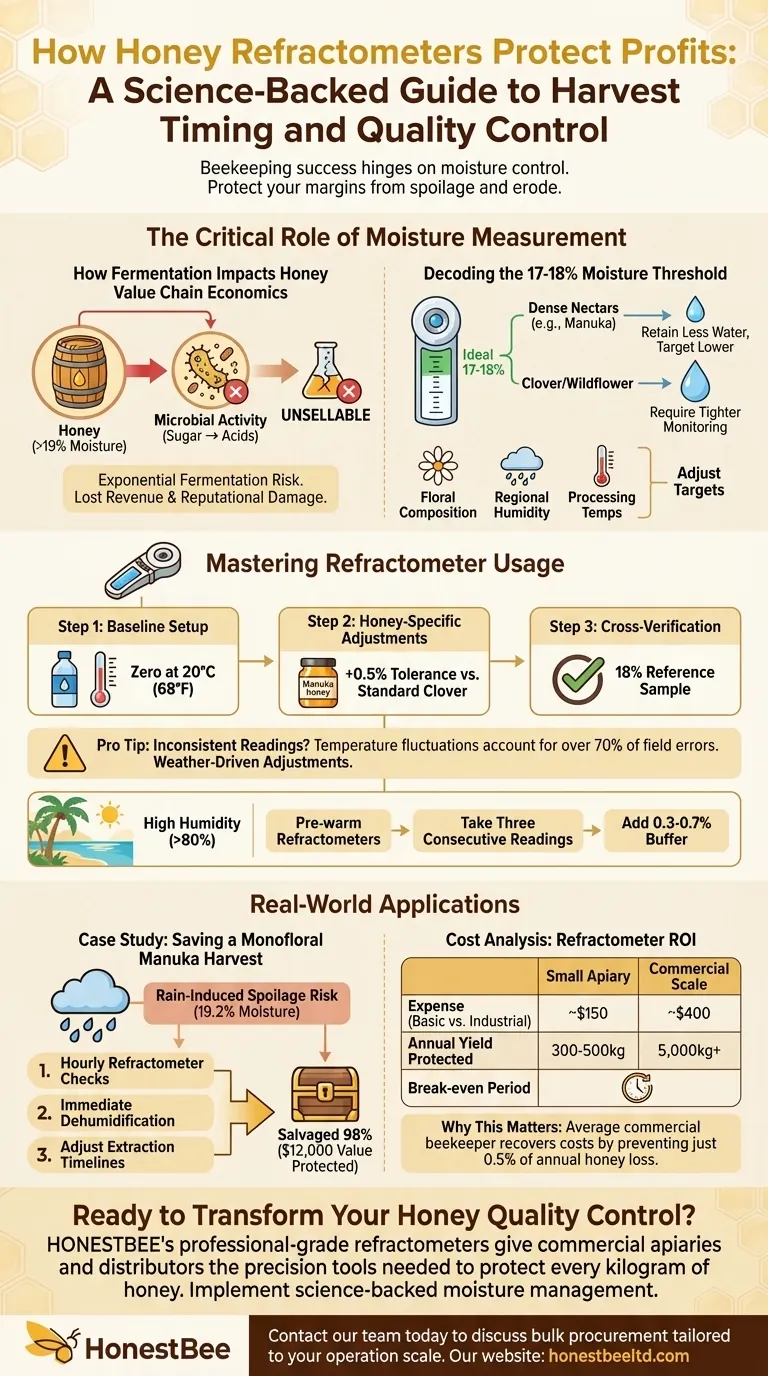
Related Products
- Precision Honey Refractometer Instrument for Quality Assessment
- Digital Honey Refractometer for Precision Measurement of Optimal Honey Quality
- HONESTBEE 72 Frame Industrial Electric Honey Extractor for Beekeeping
- 6 Frame Manual Stainless Steel Honey Extractor Beekeeping Equipment
- Plastic Hand Crank 2 Frame Honey Extractor Low Price
Related Articles
- How Floral Composition Shapes Honey Texture: Managing Crystallization for Perfect Consistency
- How Beekeepers Prevent Honey Spoilage Through Perfect Harvest Timing
- The Professional’s Guide to Honey Refractometer Calibration: Ensuring Quality, Protecting Profit
- How to Prevent Honey Fermentation: The Science of Moisture Control for Beekeepers
- How to Accurately Test Honey Readiness: Science-Backed Methods for Beekeepers

